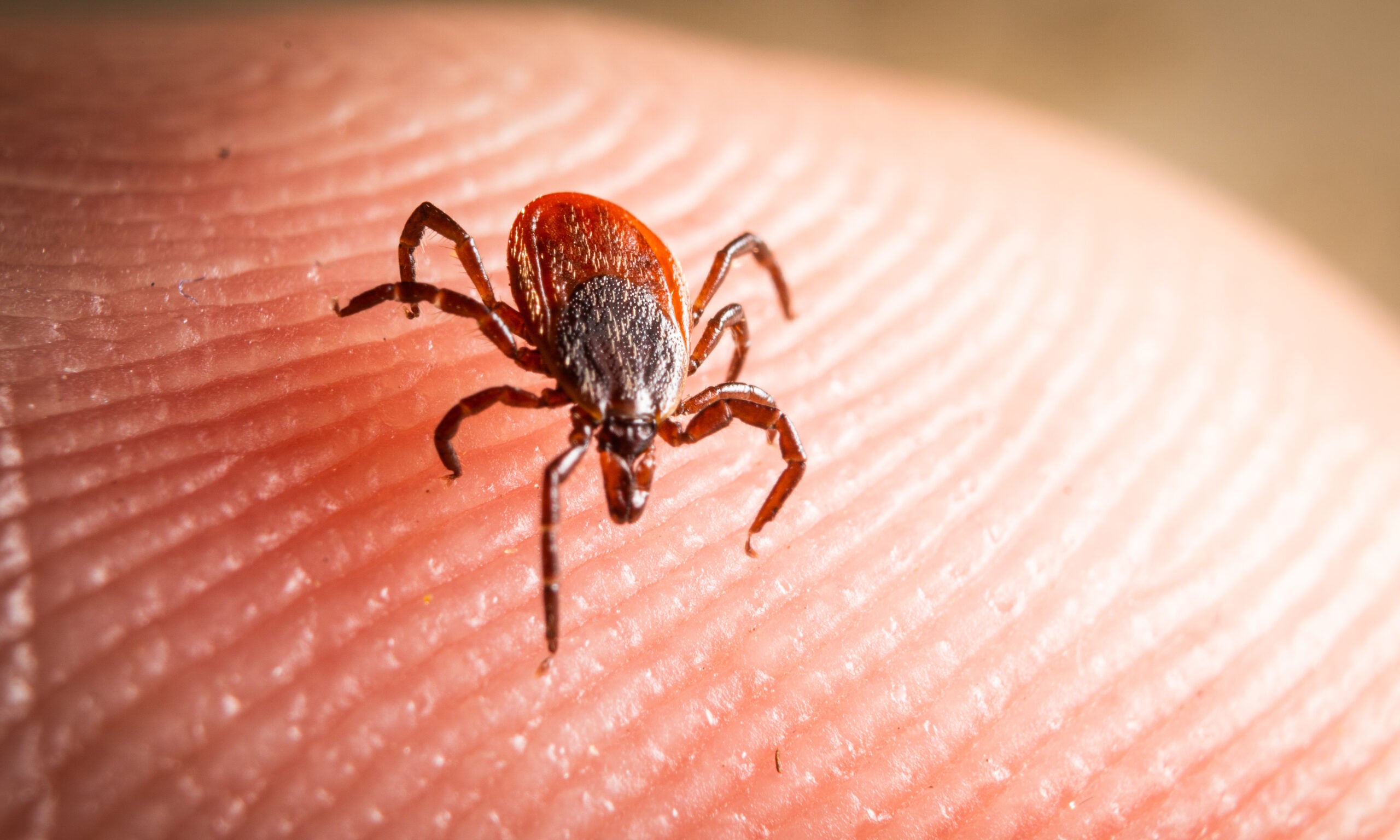



You’ve been spending a lot of time outdoors lately, and you find a tick embedded deeply in your skin. From the looks of things, you suspect it’s been there a while. You’ve read that tick bites can transmit diseases between two and 50 hours after attachment, depending on the species, and that most ticks take up to 72 hours to finish their meal. So, you’re probably in the red zone. You remove the tiny repulsive creature with a pair of tweezers and start to worry about tick bite symptoms.
There are 90 species of ticks in the United States, but only 10 transmit diseases to humans. Still, tick-borne diseases occur in every state except Hawaii, and each disease has a distinct range of symptoms. So which tick bite symptoms should you be looking for?

Hang on, though. Just because you’ve been bitten doesn’t mean you’ll get sick. Not all ticks that can carry diseases do. Even for Lyme disease, by far the most common tick borne illness in the U.S., scientists estimate that only 1 to 3 percent of bites end up transmitting the disease, even in areas where Lyme is common. In your case, though, as you think there’s been enough time for transmission, the percentage can rise to as high as 50 percent if you were bitten by a black-legged tick (also known as a deer tick), and if you were bitten in a high-Lyme region. Still, even if your chances are low, you should always be on the lookout for common tick bite symptoms after removing a tick.
Bacteria cause most tick-borne diseases in the United States, with Lyme disease representing 82 percent of reported cases. If your tick has transmitted unfriendly bacteria into your bloodstream, you can expect to experience fever and chills. In most cases, you will also feel fatigue and aches and pains and you may have a rash. Even in tick-borne diseases caused by viruses and parasites, you may experience these common symptoms:
If you know that the tick you removed was black-legged or deer tick (see this guide for identifying tick species) or if you live in a high-Lyme region, you should be looking for this range of symptoms specifically, which include the ones listed above, plus several others, such as the telltale bulls-eye rash, known as erythema migrans.

The symptoms above are the most common, but there are many others you might experience, and, for those, the devil is the details. They depend on the particular tick-borne illness you have contracted, which, in turn, depends on the species of tick that has bitten you, which, in turn, may depend on the geographic location of the tick bite. Here’s a rundown of vector species, their geographic range, and the disease(s) they can transmit:

So, you’ve identified the tick species that has bitten you and which disease or diseases it might carry. Here’s a rundown of the tick bite symptoms that each disease or condition can cause.
Read Next: How to Remove a Tick

